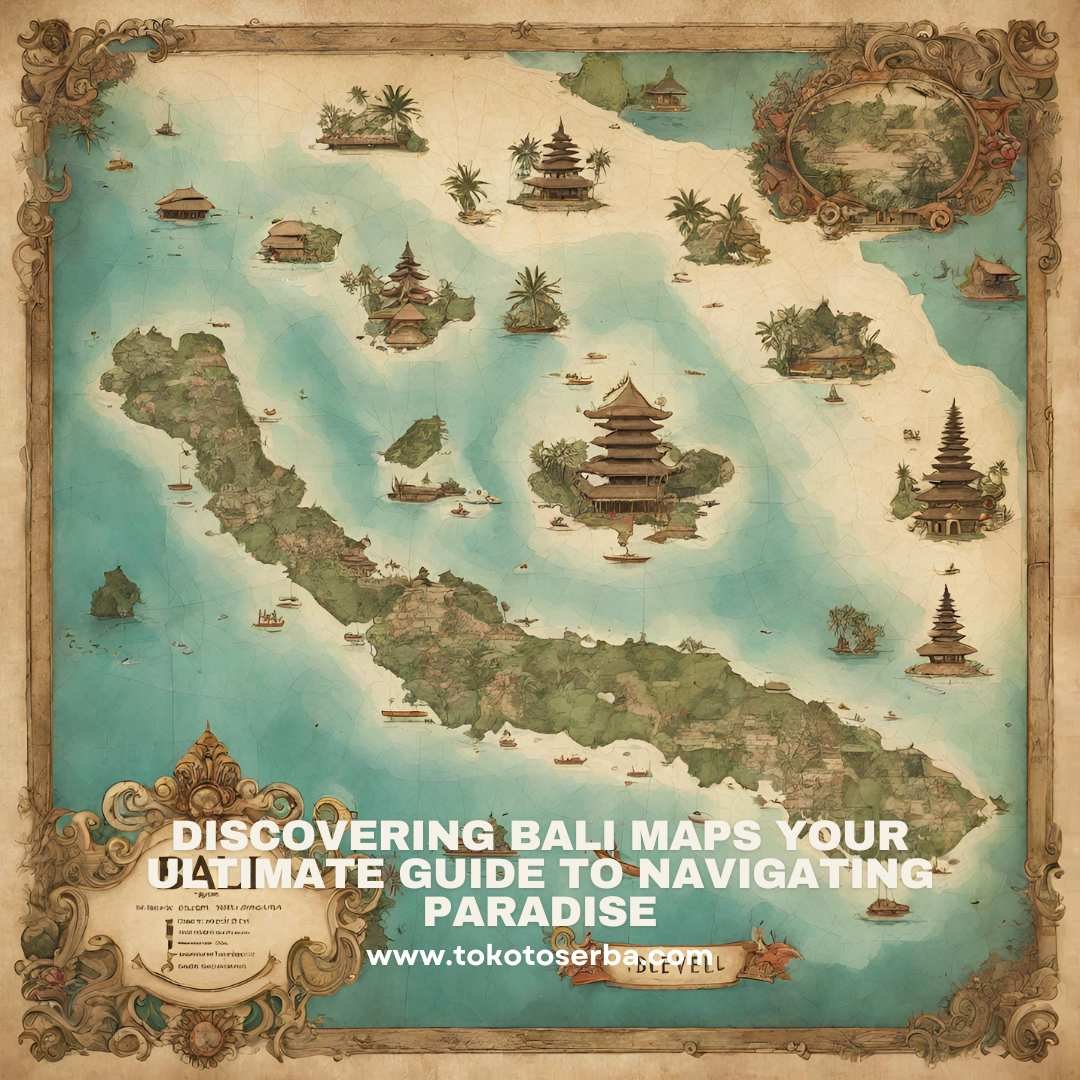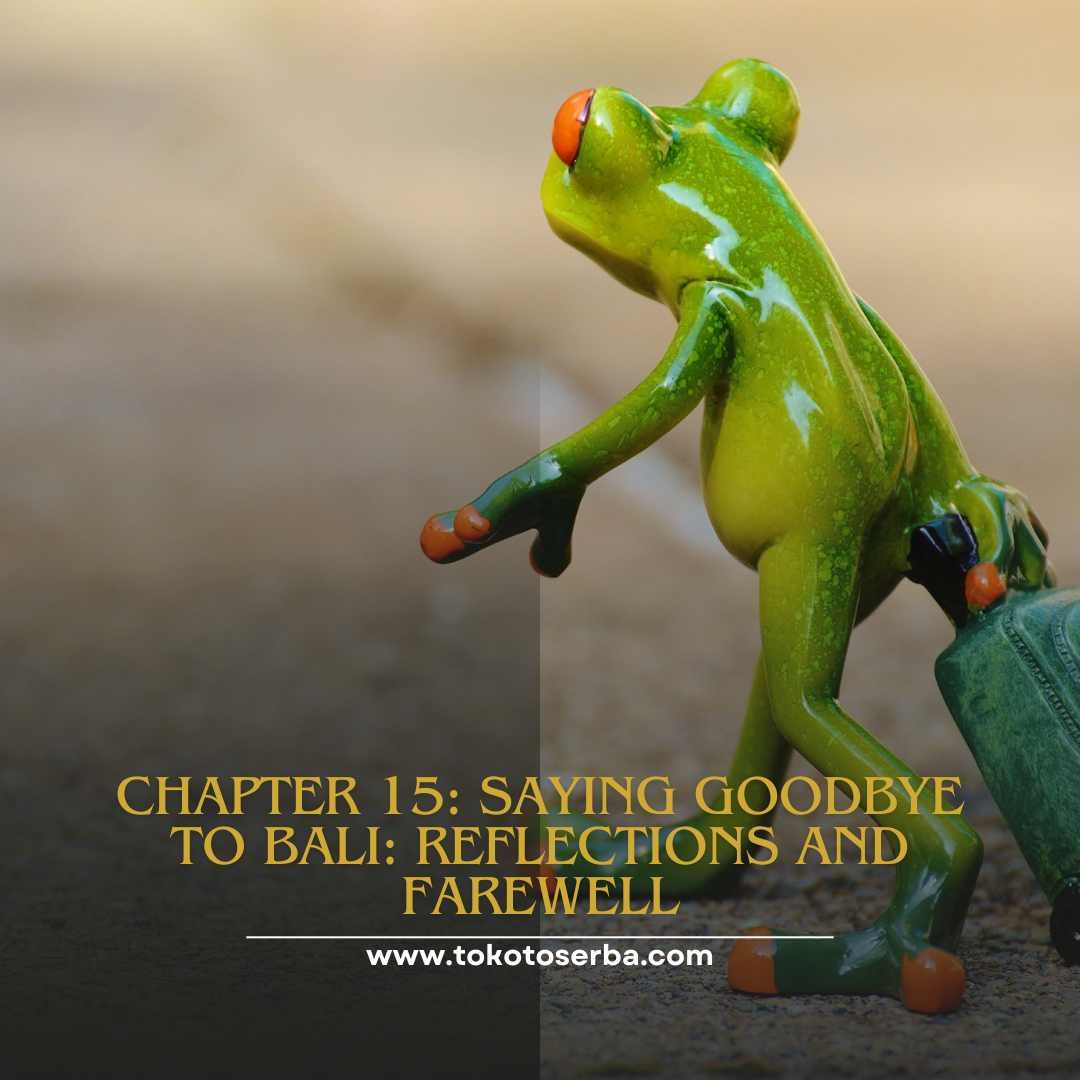Chapter 2: History and Culture of Bali
To understand Bali is to delve into its rich tapestry of history and culture, woven together over millennia by a diverse array of influences. From ancient animistic beliefs to Hindu epics, colonial encounters, and modern globalization, Bali’s story is as complex as it is fascinating.
The roots of Balinese culture can be traced back to the prehistoric Austronesian migrations that swept across the archipelago thousands of years ago. These early settlers brought with them a reverence for nature and the spirits that inhabited the land, laying the foundation for Bali’s deep connection to the natural world.
It wasn’t until around the 1st century CE that Hinduism arrived on the shores of Bali, brought by traders from India. Over the centuries, Hinduism became deeply ingrained in Balinese society, shaping its religious practices, social structure, and artistic expression. Today, Bali is home to thousands of temples, each a testament to the island’s enduring spiritual heritage.
One of the most iconic symbols of Balinese culture is the Barong dance, a traditional performance that depicts the eternal struggle between good and evil. Accompanied by gamelan music, dancers adorned in elaborate costumes enact scenes from ancient mythology, captivating audiences with their grace and precision.
The arrival of European colonizers in the 16th century brought new challenges and opportunities to Bali. Dutch and later, British traders established control over the island, introducing Christianity and modern governance systems. Despite this, Balinese culture remained resilient, adapting to the changing times while preserving its core values and traditions.
In the 20th century, Bali experienced a cultural renaissance, fueled in part by the arrival of artists and intellectuals drawn to the island’s natural beauty and spiritual mystique. Figures like Walter Spies and Miguel Covarrubias played a pivotal role in promoting Balinese art and culture to the wider world, inspiring generations of artists and scholars.
Today, Bali stands at the crossroads of tradition and modernity, embracing new technologies and ideas while cherishing its cultural heritage. From the bustling streets of Denpasar to the tranquil villages of Ubud, the spirit of Bali lives on, a testament to the resilience and creativity of its people. Join us as we journey deeper into the heart of Bali’s history and culture, unraveling the threads that bind past, present, and future in this captivating island paradise.












